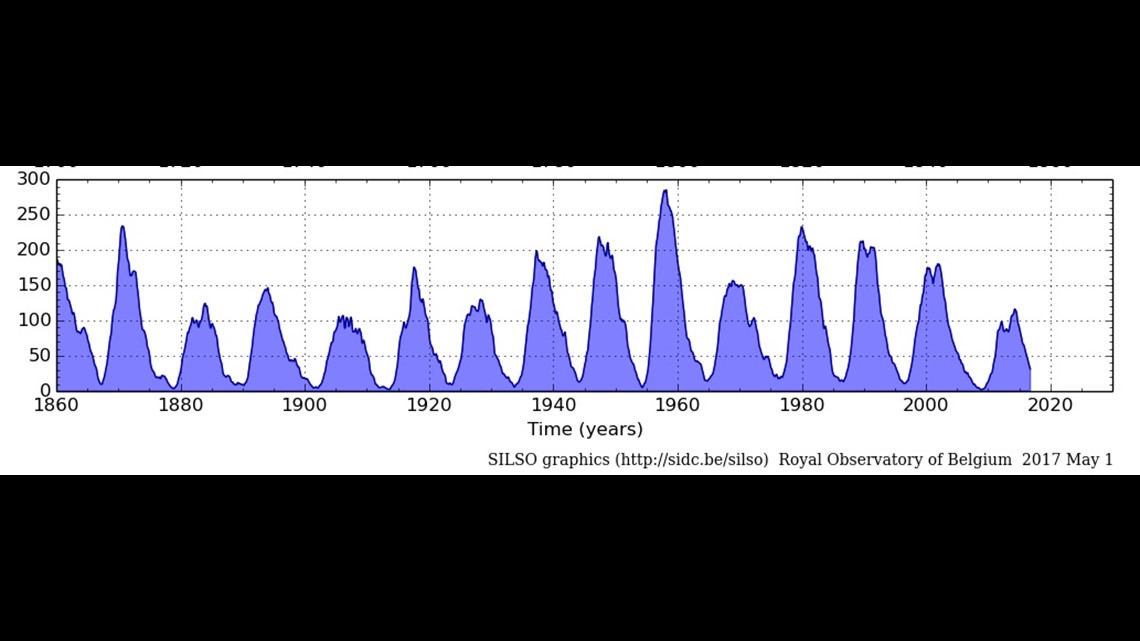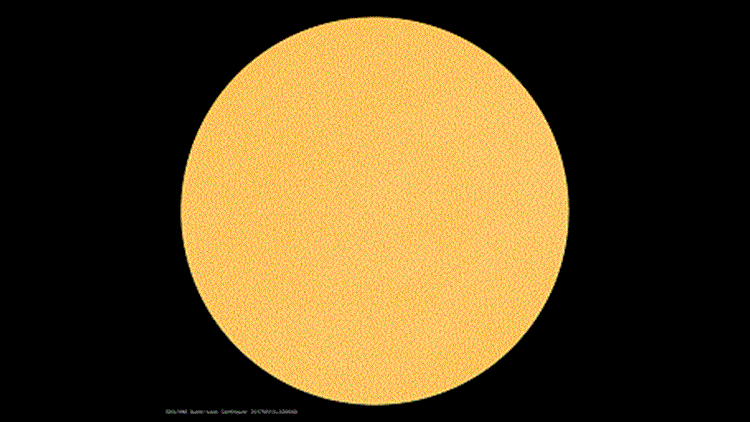If you're an avid skywatcher who watches the sun through a telescope, you may notice a lack of sunspots recently.
NASA posted a shot of the sun taken Wednesday by its Solar Dynamics Observatory that shows no obvious sign of sunspots.
Sunspots are used as an indication of solar activity, but the lack of sunspots may not be all that unusual right now. This is the 31st day this year without sunspots.
Sunspots are disturbances in the sun's atmosphere characterized by strong magnetic fields. They appear dark because they are cooler than the surrounding areas. They are frequently associated with solar flares and coronal mass ejections (CME) which can launch x-rays and high-energy particles toward Earth. These can cause auroras and radio blackouts as they interact with the earth's atmosphere. They can also heat the earth's upper atmosphere.
Solar activity varies on a roughly 11-year cycle from minimum to maximum activity and back to minimum (though it's truly a 22 year period when you look at variations in the sun's magnetic field). We are currently headed into a minimum in solar activity.


What does this mean to us on Earth? For most of us day-to-day, not much. It means fewer auroras and less chance of radio blackouts.
Astronauts on board the International Space Station have fewer concerns about radiation. Earth's upper atmosphere will contract a bit, and this means space junk in very low Earth orbit will feel less atmospheric drag and stay in orbit longer, adding to the concentration of debris.



